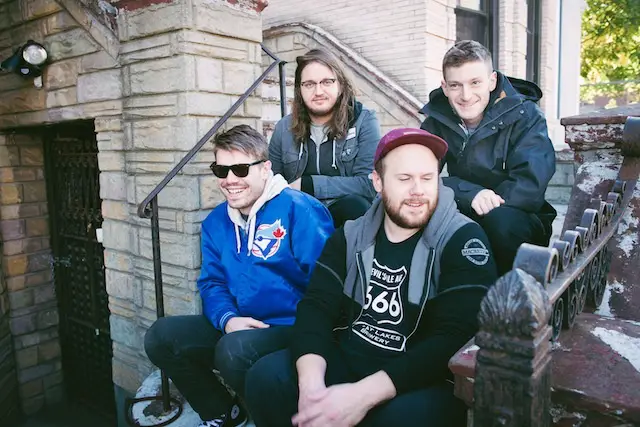
The Long-Form Music Video Project: It’s Now a Thing. But Why?
Despite many claims the contrary, the music video isn’t dead. In fact, the music video is getting longer. Catherine Chapman, writing for The Creators Project, looks at the love being given to the long-form music video/album.
At last week’s MTV VMAs, it seemed like 2016 was the year of Beyoncé, as the pop icon walked away with eight awards for her efforts on Lemonade, a 12-track musically-diverse “visual album,” an artform recognized by the new VMA category “Best Breakthrough Long Form Video,” which the songstress won, as well. In reviving the VMAs “best long form video” award—given out once in 1991—Jesse Ignjatovic, an executive producer for the annual show, told MTV News that, “it just seemed that this year [long-form video] was something that was proliferating the music landscape more than the past,” and that the VMAs were indeed “always trying to stay on the cusp and reflect culture and what artists are doing.”
Yet, many have seen long-form music videos surge and resurge throughout the years, making the artform just as indicative of the time period as the artists behind it.
“People have been doing long-form music videos for quite some time,” says Alan Cross, longtime radio broadcaster and music guru. “We can go back to the days of The Beatles and look at the films they did for things like Magical Mystery Tour, which really was a long-form music video long before there were such things as music videos traditionally. I think it’s something that we see every once and awhile when people have the funding and support to be able to put together a long piece of audio and visual art.”



